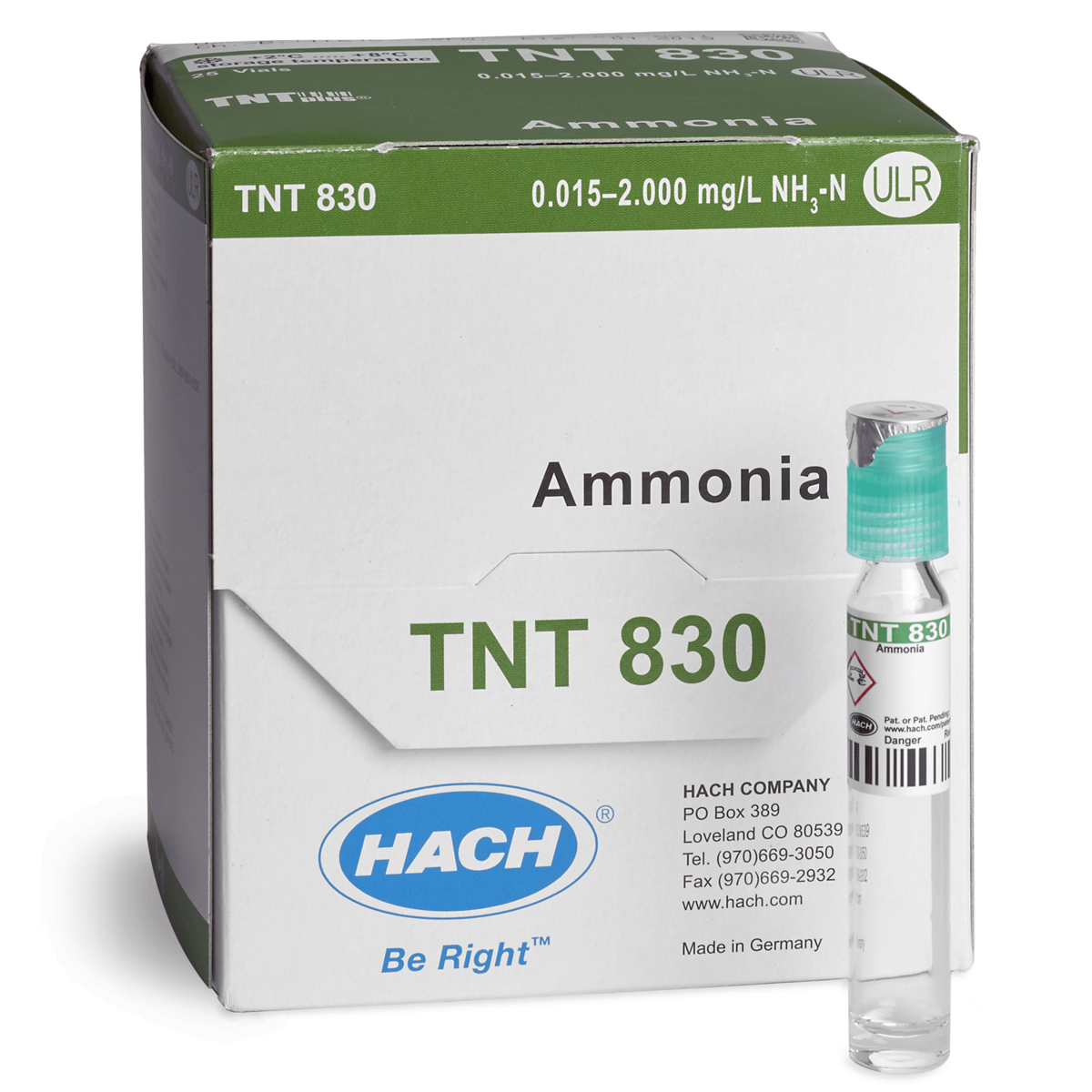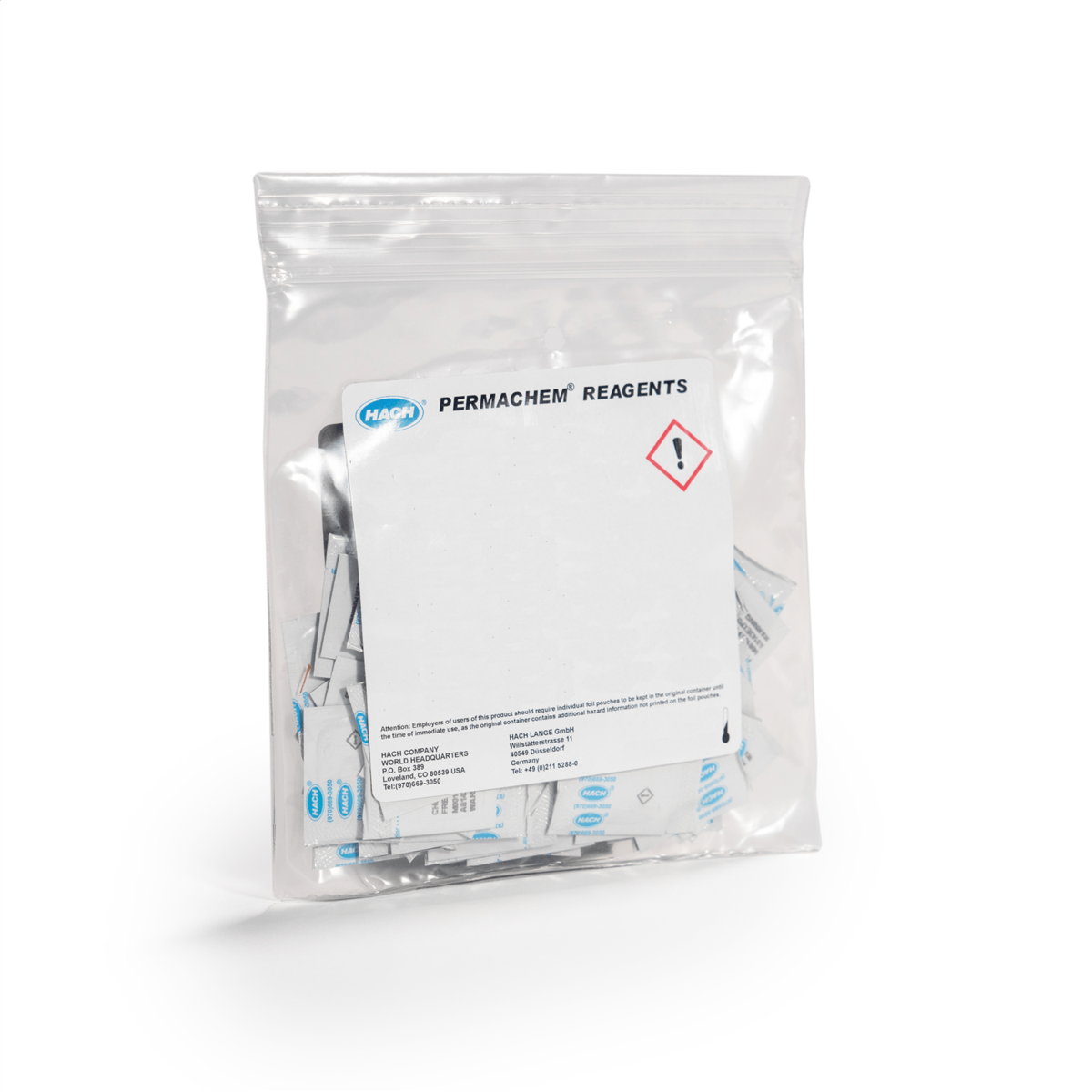- Home
- Supply Insights
- Work Smarter with Hach DR3900 & TNTPlus Chemistries
The Hach DR3900 does it all
 The Hach® DR3900 is used in water and wastewater labs all over the world. It’s versatility and ability to test hundreds of parameters, in addition to its user-friendly design, make it a top choice for water and wastewater professionals. In this article, we’ll be looking at unique chemistries that are compatible with the DR3900 and why it’s important to know the differences. We’ll also touch on some of the important features of the DR3900 and how they deliver accurate and reliable readings.
The Hach® DR3900 is used in water and wastewater labs all over the world. It’s versatility and ability to test hundreds of parameters, in addition to its user-friendly design, make it a top choice for water and wastewater professionals. In this article, we’ll be looking at unique chemistries that are compatible with the DR3900 and why it’s important to know the differences. We’ll also touch on some of the important features of the DR3900 and how they deliver accurate and reliable readings.
The DR3900 replaced the outgoing DR2800 over a decade ago by introducing RFID technology, ethernet connectivity, and automatic calibration. It also introduces 10-fold readings which automatically eliminates outlying results to offset scratches and fingerprints on the vial, delivering accurate readings on every test. The modern features of the DR3900 ensures it’ll be a workhorse in any water and wastewater lab for years to come.
What chemistries work with the DR3900?
Powder Pillows, Accuvac™ Ampules, TNT, and TNTplus™Reagents each offer unique benefits for analytical testing, distinguished by their packaging, applications, and usability. Having easy access to all types of chemistries ensures your lab is making good decisions when it comes to the cost, timeliness, and EPA-approved testing methods. Below, we'll go through the three types of chemistries that are compatible with the DR3900, and touch on the difference between TNT and TNTplus chemistries.
Though TNT and TNTplus chemistries can test for the same parameter, there are distinct advantages to TNTplus vials that make the switch worthwhile. TNT, also known as 'Test-N-Tube' technology stores the reagent in the cap, keeping the chemistry free from any contamination before being released into the sample. TNTplus reagents provide additional benefits such as eliminating the need for reagent blanks, automatic method detection and lot-specific calibration with Truecal™. Using TNTplus vials ensures that your team never makes an error or wastes an expensive reagent chemistry.
TNTplus Reagents

What are they? Color-coded reagents that utilize bar-code technology to identify and track testing parameters (calibration, lot, and expiration data).
How are they used? These reagents are designed for use with specific instruments, providing ease of use with built-in calibration and quality control. Often includes a comprehensive system for accurate, reliable results.
Why Choose TNTplus reagents? High sensitivity and specificity; optimized for ease of use and reducing human error; streamlined workflow with pre-measured components. Eliminate the need for a separate sample cell.
Considerations for TNTplus reagents? More expensive than other options and can have a shorter shelf life.
 AccuVac Ampules
AccuVac Ampules
What are they? Vacuum vials that "suck up" your sample and mix it with the pre-measured reagents.
How are they used? Designed for ease of use with minimal preparation, these suctioned valves include pre-measured formulations for precise results and minimal handling time. Disposable ampule means less glassware, prep, and cleaning.
Why choose Accuvac? High accuracy and minimal preparation; versatile across different analytical instruments. Eliminate the need for a separate sample cell.
Considerations for Accuvac? More expensive than powder pillows and require manual entry into the machine.
Powder Pillows

What are they? Pre-measured packets of dry reagents that technicians mix with water samples.
How are they used? Users mix the powder with a specific volume of sample, which then reacts to produce measurable results. They are favored for their simplicity in measurement and low cost.
Why choose Powder Pillows? Easy storage and handling; long shelf life; eliminates need for liquid reagent storage. Lowest cost per test.
Considerations for Powder Pillows? Manual parameter selection is required. Higher risk of human error during all steps of testing. Testing requires more glassware, cleaning, and can lead to potential contamination.
The Hach Method Compatibility Guide
 The Hach Method Compatibility Guide is an essential tool for ensuring the accurate and efficient use of Hach's testing solutions across various applications.
The Hach Method Compatibility Guide is an essential tool for ensuring the accurate and efficient use of Hach's testing solutions across various applications.
This guide provides detailed information on which Hach reagents, instruments, and test methods are compatible with each other, helping users select the appropriate combinations for their specific needs.
By referencing the guide, users can streamline their workflows, avoid errors, and achieve reliable results in laboratory testing. The compatibility guide simplifies the selection process, enhancing the efficiency and precision of analytical testing while supporting optimal performance of Hach products.
Keep the guide close at hand and make sure you have the chemistries, reagents, and instruments needed to test for everything in the water and wastewater treatment process.
Sources
DR3900 Lab VIS Spectrophotometer - RFID Technology | Hach
DR 3900™ Spectrophotometer | YouTube
Hach Methods Compatibility Guide (coreandmain.com)
This blog may contain information or advice regarding products or services offered. All information in this blog represents the opinion and recommendation of the individual writing the post. Core & Main is not liable for using this advice and understands that the information presented is for informational purposes only.

.jpg)